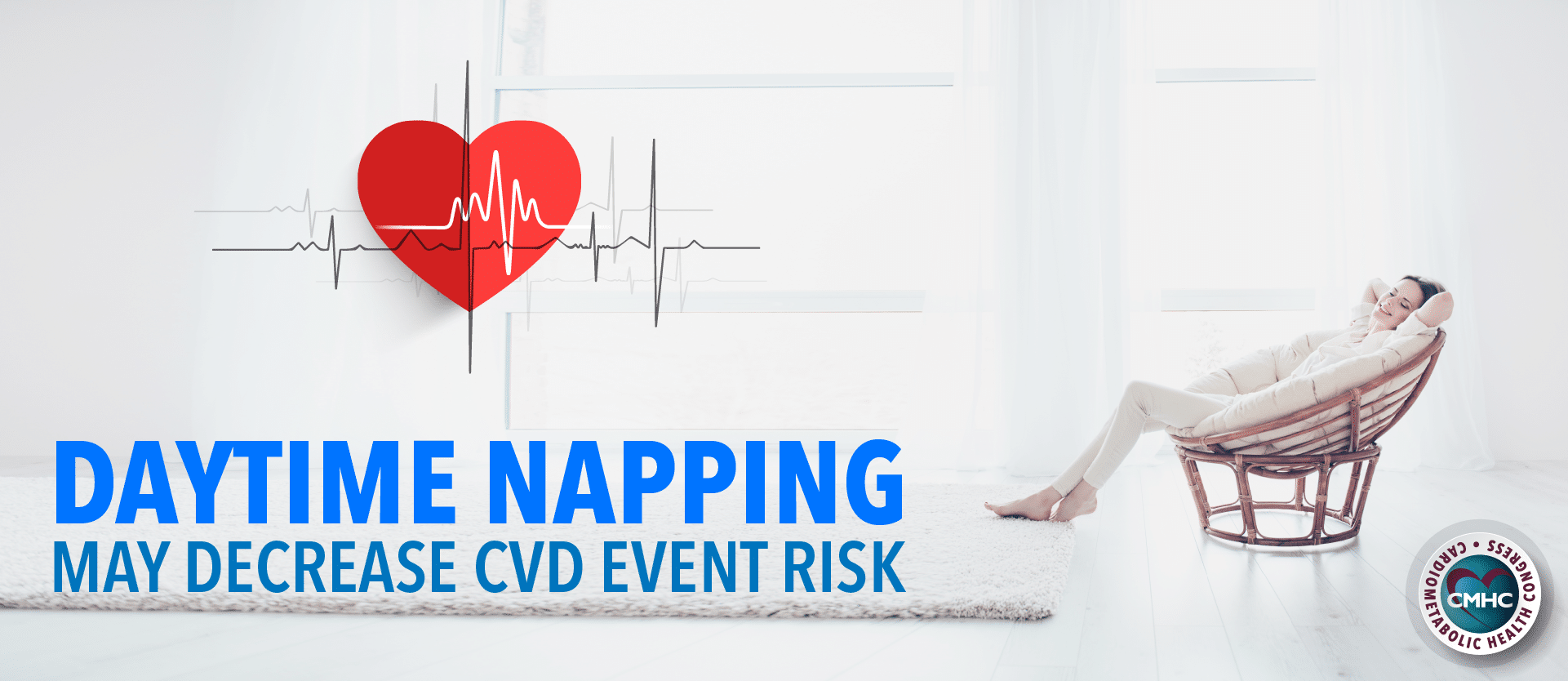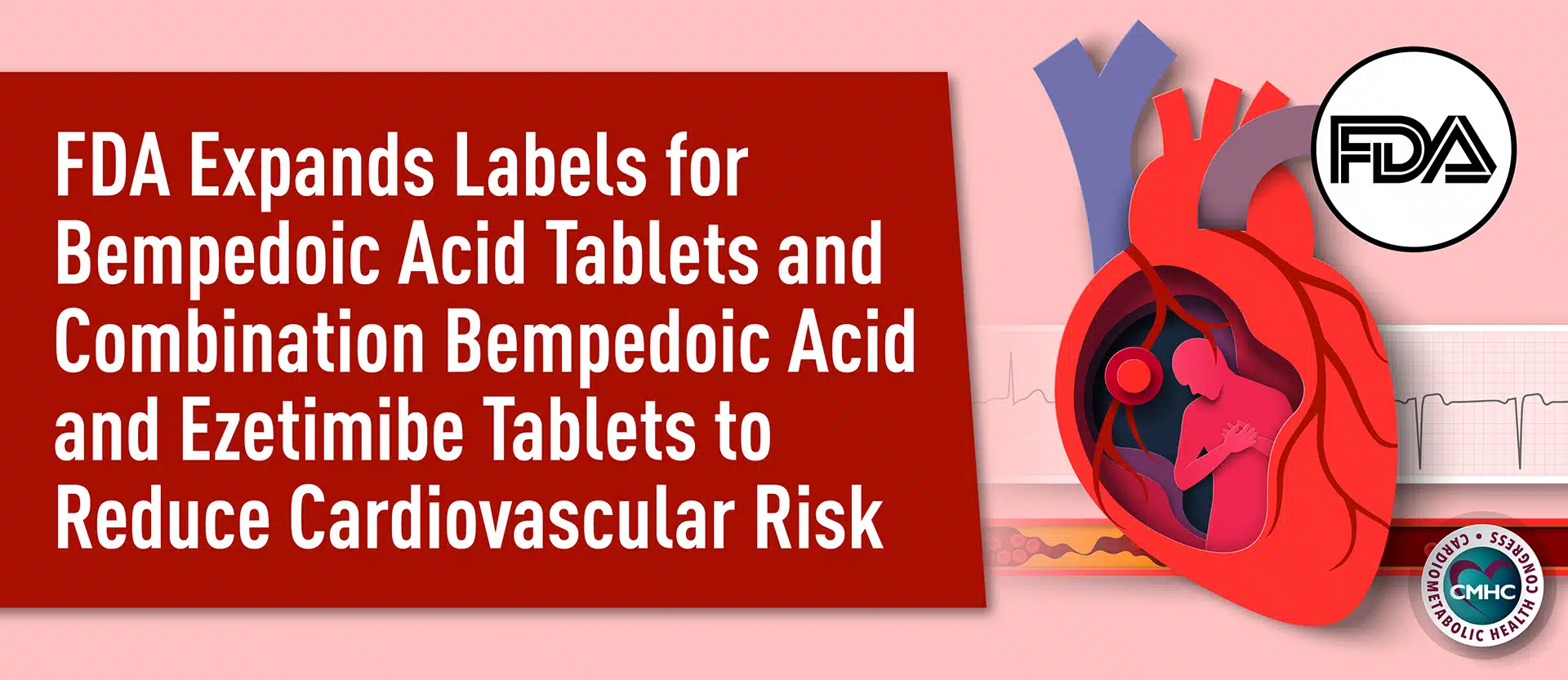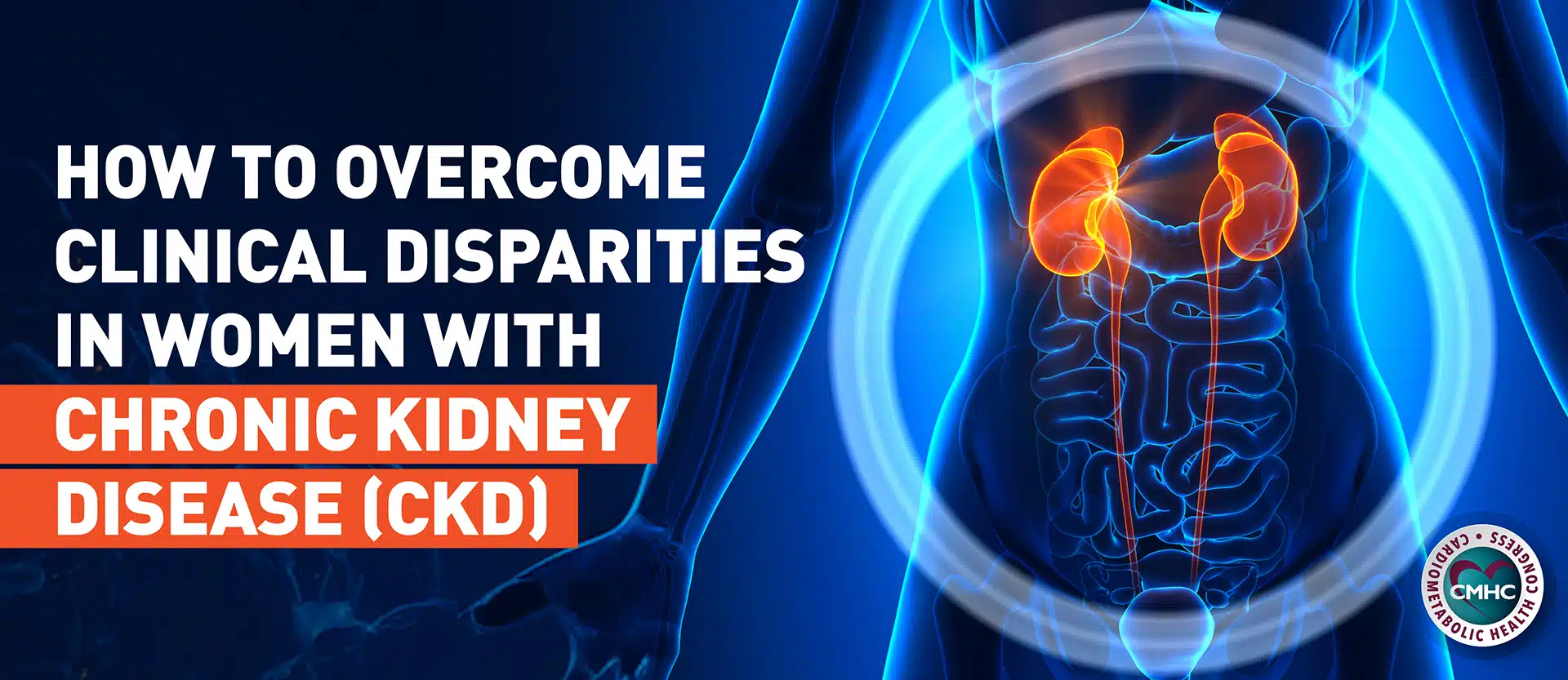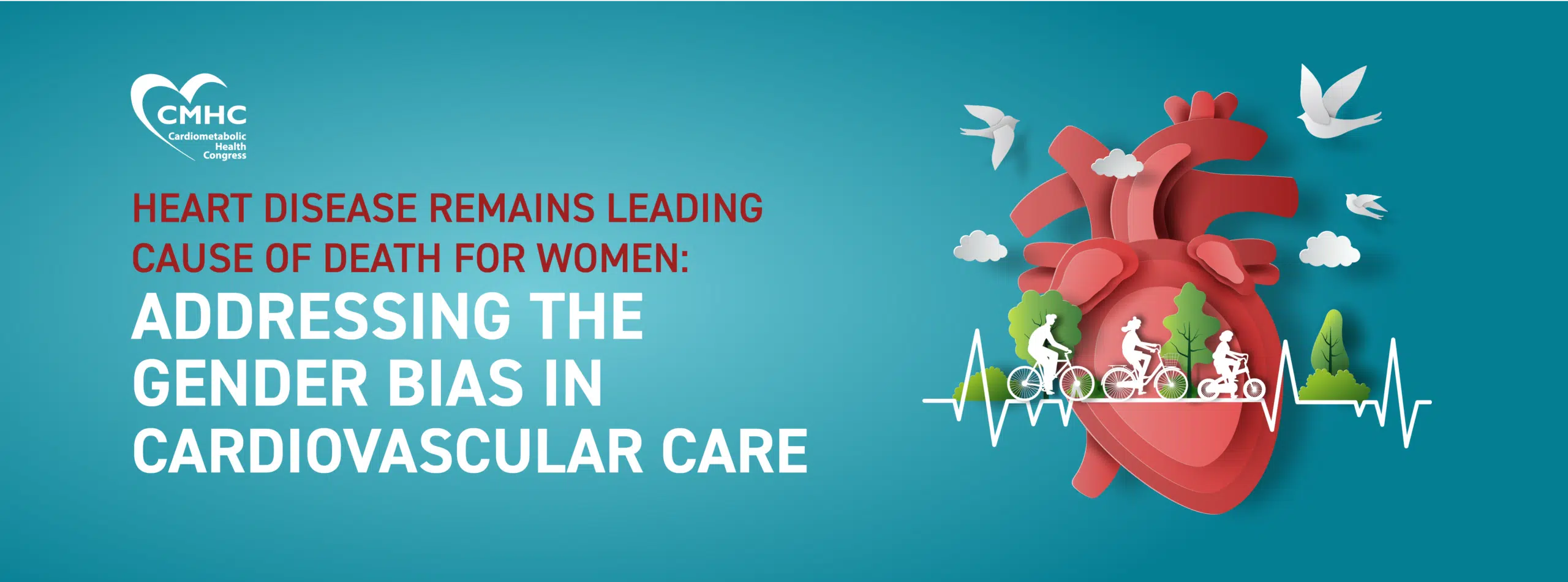The practice of daytime napping has been consistently linked to increased all-cause mortality although, it remains unclear whether napping is a predictor of cardiovascular disease-related or cancer-related mortality. There has been controversy among the medical community regarding the impact of napping on cardiovascular disease specifically; most studies conducted thus far have failed to provide clear, generalizable results.
In addition, many prior research efforts have not considered napping frequency as a factor. To further explore the relationship, a recent study published online in Heart investigated the connection between napping frequency, average nap duration, and the incidence of both fatal and nonfatal cardiovascular events.
The Association of Napping and CVD Event Incidence
Led by Nadine Häusler, PhD, a team of researchers from the University Hospital of Lausanne in Switzerland found a potential benefit to napping once or twice a week for decreasing the incidence of CVD events. Dr. Häusler and colleagues evaluated 3,462 Swiss individuals without any prior history of cardiovascular disease. The participants reported their nap frequency and daily nap duration over the course of the week; their data and results were observed with a follow-up period of 5.3 years. Both fatal and non-fatal CVD events were reported, while Cox regression models were performed to obtain hazard ratios adjusted for major risk factors, excessive daytime sleepiness, and obstructive sleep apnea.
The Benefits of Weekly Napping
At the end of the trial period, researchers had adjudicated 155 fatal and non-fatal CVD events. In both adjusted and unadjusted models, the study found a significantly lower risk for developing a CVD event in participants who napped once or twice weekly, compared with those that did not nap at all. An increased hazard ratio was found for subjects who napped 6-7 times weekly, however, this disappeared in adjusted models.
Furthermore, the decreased risk of CVD events was not affected by obstructive sleep apnea or excessive daytime sleepiness and no association was discovered between the duration of naps and the incidence of CVD events. Nap frequency as a factor may help explain discrepancies in results concerning the relationship between daytime napping and CVD events previously found, researchers noted in the paper.
Dr. Häusler and her team acknowledge the limitations of this study, which stem from the reliance on self-reported data as well as the small-scale of the trial. The time at which naps were taken – in the morning or afternoon – may be an additional factor for consideration to determine the accuracy of these results. Moreover, due to the observational nature of the study, the researcher team cannot eliminate the possibility of residual confounding related to the location of the trial. Conducted in a Swiss population-based cohort, the study and its findings may not be generalizable across different settings. Further examinations of the association between napping and CVD events should be replicated in other settings and performed in larger cohorts.
In an editorial accompanying the study’s results, authors note that the findings bring more questions than answers – adding to the current body of evidence in support of daytime napping, which remains in development. “The study of napping is a challenging but also a promising field with potentially significant public health implications,” the authors write, “While there remain to be more questions than answers, it is time to start unveiling the power of naps for a supercharged heart.” Although the results of the latest study are promising for nappers, further research is needed to verify the impact of daytime napping – along with duration and frequency – to ascertain whether there are any true health benefits to be attained.


















